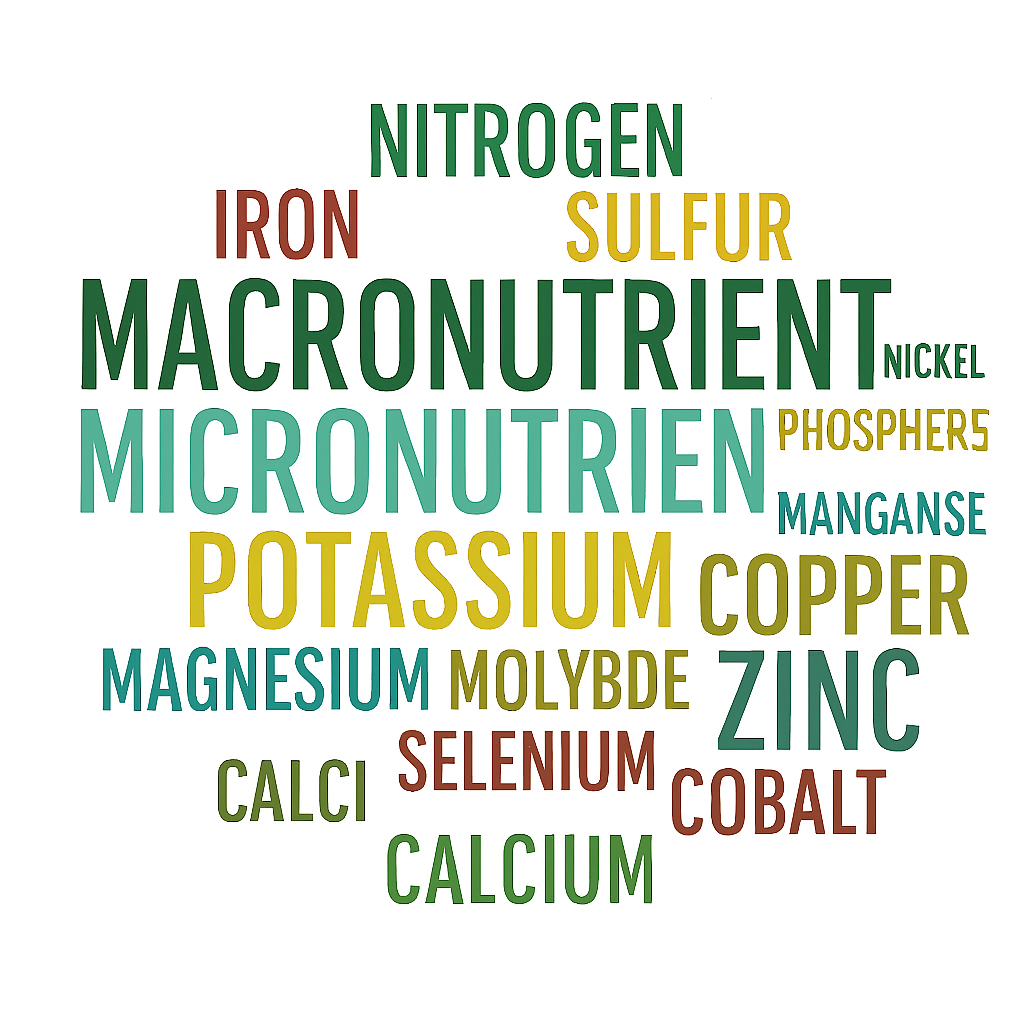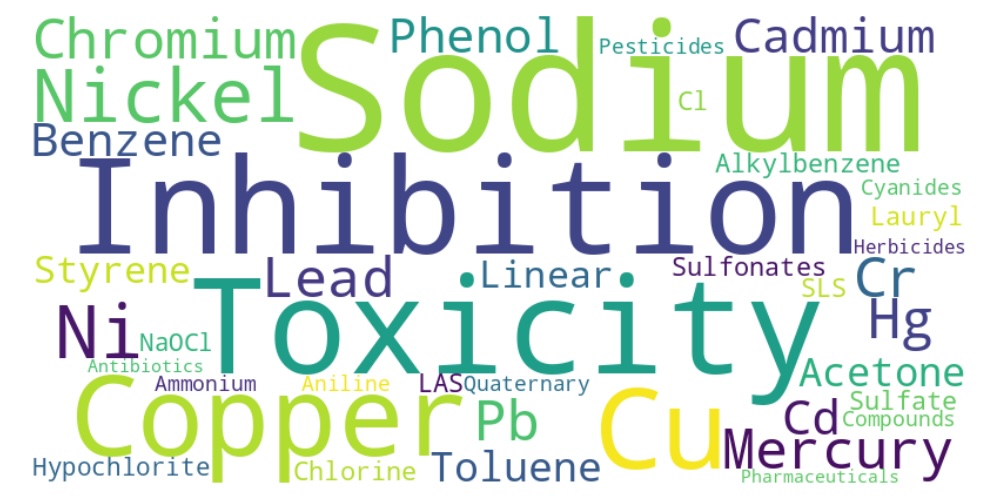The Role of Energy Yield from Different Electron Acceptors in Wastewater Treatment
Biological wastewater treatment is fundamentally driven by microbial metabolism, where microorganisms transform pollutants into less harmful compounds. The efficiency and sustainability of these processes hinge on the selection and sequence of terminal electron...
The Cyanide Challenge: Managing Toxic Effluents in Industrial Wastewater
Cyanide is one of the most feared contaminants in the industrial world. Known primarily for its extreme toxicity to human and aquatic life, its presence in wastewater presents a significant technical and regulatory hurdle for plant operators. From mining to...
The Microbial Workforce: Why Active Management is the Lifeblood of Modern Wastewater Treatment
When most people think of a wastewater treatment plant, they picture heavy machinery, massive concrete tanks, and complex piping. But the most important "technology" on-site isn't made of steel—it’s alive. At its heart, wastewater treatment is a biological...
Role of Microbial Diversity in Biological Wastewater Treatment
A diverse community of bacteria, archaea, protozoa, and fungi acts as a living, dynamic ecosystem responsible for several critical purification processes: Organic Compound Degradation: Various microbial groups specialize in breaking down different organic compounds...
The Role of Macro & Micro Nutrients in Biological Wastewater Treatment
Biological wastewater treatment is powered by microorganisms. Just like us, these tiny workers need a balanced diet to stay healthy and perform their job—breaking down pollutants. Their diet consists of macro-nutrients and micro-nutrients, each playing a vital role...
Understanding Deflocculation in Wastewater Treatment
In biological wastewater treatment process efficiency relies on the health and stability of the microbial flocs— aggregates of bacteria, adsorbed organics, and inorganics. When these flocs break apart, a problem known as deflocculation occurs. This phenomenon is a...
Understanding Endogenous Phase Biomass in Wastewater Treatment: The Hidden Costs of Old Sludge
As wastewater professionals, we're all familiar with the activated sludge process—the backbone of many treatment plants. But one aspect that often flies under the radar until it causes issues is endogenous phase biomass, commonly referred to as "old sludge." This...
Persistent Household Chemicals in Wastewater Treatment
Domestic wastewater is a complex mixture of organic and synthetic compounds. Its overall strength is typically assessed using indicators like BOD₅ (Biochemical Oxygen Demand), COD (Chemical Oxygen Demand), and TOC (Total Organic Carbon). Within this mix are readily...
Toxic Impacts: Key Chemicals That Undermine Wastewater Treatment Efficiency
We are often asked about the impact of various chemicals on wastewater treatment plants. Over the years, we have compounded a list of the primary industrial chemicals that inhibit the growth and activity of microorganisms in wastewater treatment systems, leading to...
Preparing for Winter Wastewater Operations: The Sludge Age Balancing Act
As temperatures drop, wastewater treatment plants face a seasonal challenge that’s as subtle as it is critical: maintaining the delicate balance between nitrifying bacteria and filamentous organisms. Winter operations demand longer sludge ages to support...


